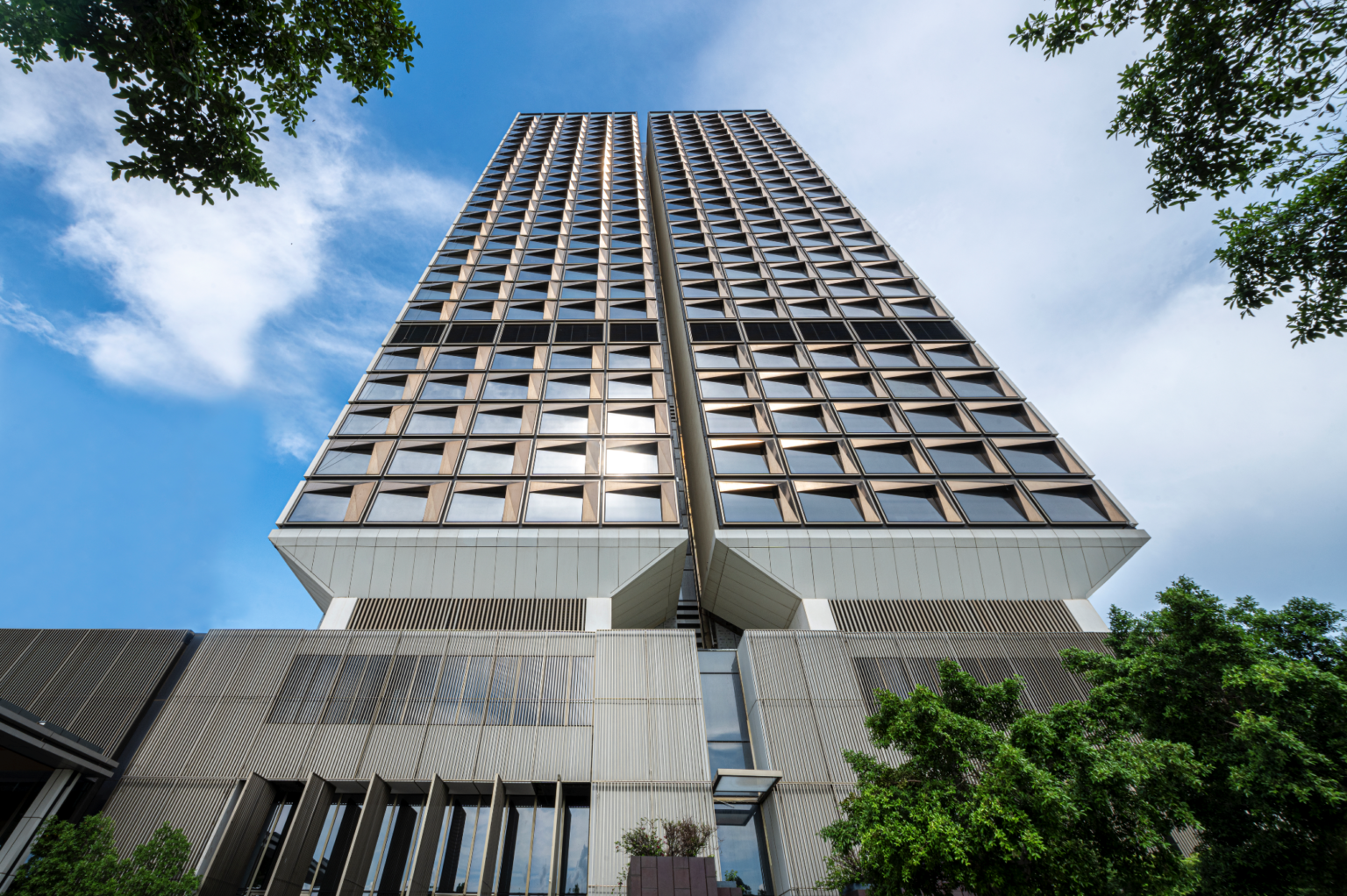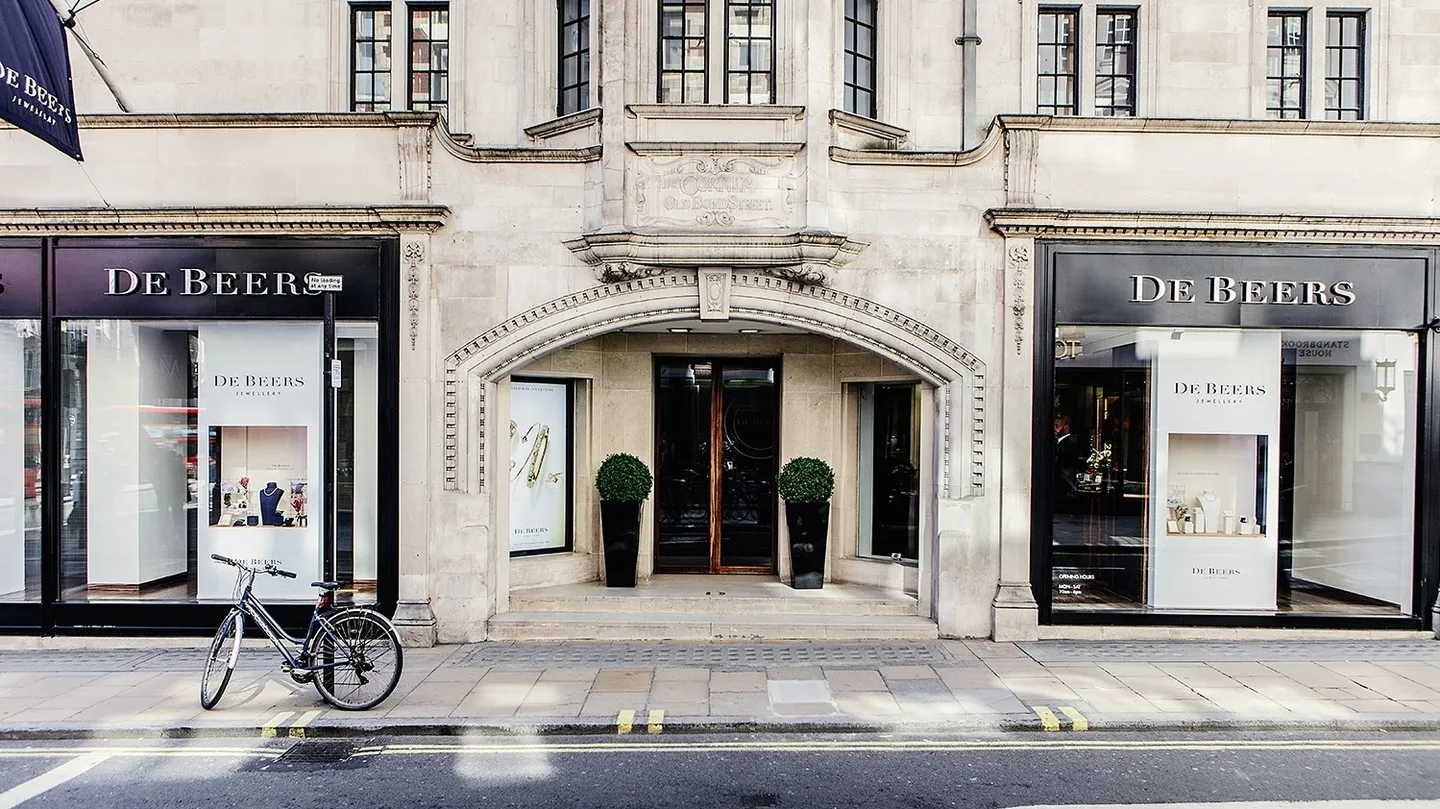As the world’s second-largest luxury market, China is expected to play a crucial role in shaping the future of the industry. According to Bain and Company, China’s luxury consumption is expected to continue to grow in 2023, and the number of middle- and high-income consumers in the country will double by 2030.
Despite the setbacks caused by the COVID-19 pandemic, the luxury market in China has continued to thrive, thanks in part to young consumers who are shaping the market with their purchasing power and desire for new experiences. Luxury brands seeking to reach these consumers have begun to examine their aesthetic standards and look to cutting-edge trends such as punk and hip-hop culture for design inspiration. Experts suggest that the challenge for brands is to be bold in terms of design, advertising, pricing, and customer engagement while successfully replicating the exclusive and unique experience that customers seek in the digital space.
China Digital Marketing Consultancy: ChoZan’s 2023 Mega Report on China’s E-Commerce Marketing and Digital Space Here are some of the most important trends that will shape the luxury industry in 2023 and how brands can take advantage of these new opportunities.
Maintain the growth and expansion of your very important customers (VIC).
According to Bain’s luxury market research, two percent of luxury customers account for approximately 40 percent of luxury sales In China, the concentration of very important customers (VICs) has increased and will continue to expand in 2022. The recession affected luxury consumers more than affluent individuals, and fewer new customers entered luxury stores due to reduced mall traffic.
As a result, sales in 2022 are skewed towards VIC products, with some Chinese luxury brands achieving a higher VIC sales concentration than the global average. VICs have also played an important role in online luxury sales, with shoppers who shop more than three times a year accounting for more than 50 percent of sales and the fastest-growing segment, according to the Tmall Luxury Pavilion.
These high-net-worth individuals (HNWI) are prepared to travel if pandemic restrictions are lifted. They can be classified into two profiles: those who buy domestically and those who buy abroad (the Peihuo phenomenon). Foreign VICs travel to other countries to buy luxury goods at “regular” prices, not “China” prices, while domestic VICs prefer a local shopping experience in stores, regardless of the price of the product.
Brands can get ahead of foreign VIC companies by offering additional discounts on their products. For domestic VIC brands, brands need to invest in tourism retail opportunities, especially in places like Hainan.
Expanding the duty-free ecosystem
In recent years, duty-free shopping in Hainan has been an important factor in the growth of China’s luxury market. However, in 2022, Hainan Province was hit by COVID-19 policies and travel restrictions, with duty-free sales falling about 30 percent to $5 billion (RMB 35 billion), well below the target of RMB 100 billion.
The decline is directly related to the decrease in traffic, as Hainan saw about 35 percent fewer duty-free shoppers in 2022. Strong campaigns and the International Consumer Products Expo were held in the third quarter to avoid this, but more closures followed. Despite the difficult results, the central government is committed to promoting Hainan and the repatriation program.
China Duty Free Group (CDFG) and its subsidiaries, meanwhile, sought to find domestic net purchases to offset the decline caused by limited air travel.
Taxable products accounted for about 40 percent of CDFG’s turnover in the first half of 2022. However, business growth based on reduced taxes may reduce the value of luxury beauty brands, making it difficult to align prices across channels. global luxury skincare brand
Kiehl’s has opened a pop-up shop in Sanya and incorporates the well-known KOL into its products.Visitors can purchase their products at a discounted price or receive exclusive gifts from Kiehl’s. The brand also offered some free skin tests when consumers purchased a certain amount of the product. Luxury brands can take a page from Kiehl’s book, also using pop-up shops in duty-free zones to attract customers. Discounts, promotions, and gift boxes are also great ways to attract customers.

Global pricing strategies are adopted.
Since 2020, China’s borders have been closed, and as a result, most brands have not had to align prices between China and the rest of the world. However, as before the pandemic, there are price differences between China and Europe for some luxury goods. Only a few brands have maintained their global pricing strategy over the past two years. This means that brands have to explain their price differences in China and Europe. The price difference between China and Europe for major SKU brands in the leather segment
is 25-45 percent, even before VAT (10–12 percent). Entry-level products have larger price differences than high-end products; the price difference for shoes is significant, 25–35 percent, while the price difference for watches and jewellery is smaller.
Most brands in the latter categories have adopted global pricing strategies for years and have continued to do so despite closed borders. Because of these price differences, shopping abroad still makes more sense for most Chinese luxury consumers, and many have done so since the resumption of international travel.
International luxury brands should reconsider their price differentials and offer more competitive prices to Chinese domestic buyers to encourage them to buy their luxury products. This affects where consumers travel and what luxury products they buy.

Strengthen physical retail services
With the re-opening of China’s borders and the recovery of tourism, retail stores are now in the spotlight. Luxury brands will invest heavily in the flagship experience in 2022 and 2023, with plans to open (or reopen, like Dior) several flagship stores. Consumers are returning to brick-and-mortar stores, and luxury brands are trying to make them more fun and unique by adding restaurants, art, or experiences.
In addition, the trend to combine high-end hospitality with luxury is accelerating, with brands such as Dior and Chopard adding restaurants and hotels to their stores. By 2023, luxury brands should definitely boost their retail services, as today’s consumers are increasingly doing physical shopping in stores. One way to do this is to combine premium hospitality services such as cafes, restaurants, or consumer skin and beauty services in retail stores.
Web3 Drops should be incorporated into marketing strategies.
According to a report by Bain and Altagamma, luxury brands will continue to explore Web3 in 2023, and their “technical benefits” such as NFTs and the metaverse are expected to bring in €600 billion to €1.2 trillion by 2030. Many luxury brands have already entered the digital space by launching their NFTs. For example, Prada releases a new Timecapsule NFT every month along with a limited-edition physical product.
Brands need to focus on developing strategies to attract customers looking for a post-COVID experience. Luxury leaders must promote Web3 development to keep up with the growing technology of Chinese consumers.
Source: Bain and Company, Jing





Leave a Reply